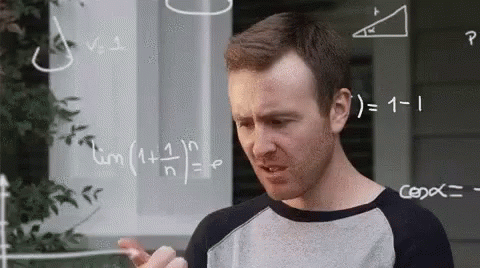Stress in Beams
Stress (N/mm^2 or MPa) can be defined as the internal resistance of a structure or body when an external force is applied. Therefore, stress is calculated as the force applied (N) divided by the area (mm^2) over which the force is distributed.
There are five distinct categories of stress:
Tension
Tension is a pulling or stretching force transmitted axially along an object
Compression
Compression is a pushing or compressing force transmitted axially along an object

Bending

Shear

Torsion
Torsional stress is a form of shear stress experienced by a body when a twisting force is applied

Buckling
A quick note about buckling. Compressive loading or bending loads can also induce buckling within a structure. This is particularly true in long slender beams where the beam can fail in buckling even though the compressive stress is low.
Buckling calculations are highly complex and therefore better suited for specialist analysis software. However there are still things we can consider to minimise the likelihood of buckling. Closed section beams such as tubes or rolled hollow sections are much better at resisting buckling compared to open section beams such as I, C or L section beams.
How to calculate maximum stresses within a beam

Many structures can be approximated as a straight beam or as a collection of straight beams. For this reason, the analysis of stresses and deflections in a beam is important.
We would recommend to complete calculations with forces in N (newtons) and distance in mm (millimetres) resulting in stresses calculated in MPa (Mega Pascals). You may choose to make your calculations in m (meters), either way it is critical to keep all units consistent across all calculations to ensure no mistakes are made!
Constraints and Boundary Conditions
The first step towards calculating stresses within a beam is to understand the constraints and boundary conditions to which the beam is under. Boundary conditions can be summarised into two categories: free or fixed conditions.
If we simplify the beam into two dimensions we can determine whether the beam is free or fixed in three directions of interest: x-direction (axial), y-direction (transverse), and rotation.
In order for a constraint to exist at least one of these three directions must be fixed and it is when the respective directions are fixed that a reaction force or moment may develop.
Calculating Max Bending Moment and Shear Forces
To find the shear force or bending moment over the length of a beam, we use the determined boundary conditions and calculate the reactions forces at those constraints due to the applied force(s).
A fixed cantilever beam is a simple example of this:

In order for the beam to be in static equilibrium, the reaction forces must balance the applied forces. In the cantilever case above, we have a single applied force F, therefore the reaction force R at the constrained end of the beam must equal F.
The external forces are now balanced. However, because these forces are offset this will create a rotational moment in the beam. In order to balance this induced rotation there must also be a counter acting moment at the constrained end of the beam. In the case of a fixed end cantilever beam M = FL.
The equations below can be used as a quick reference for other simple beam cases for calculating maximum bending moment and shear loads.

Equations for Max Stresses
Once we have calculated the maximum bending moment and shear forces due to the applied external forces, we can use those values to solve for the internal stresses within the beam.
Internal stresses within the beam are dependant upon the beam profile geometry. This geometry can be unlimited however, common simple section types can be a closed circular or box section, or an open sections such as I, C or L beams.
The table below provides equations for these simplified geometries.

